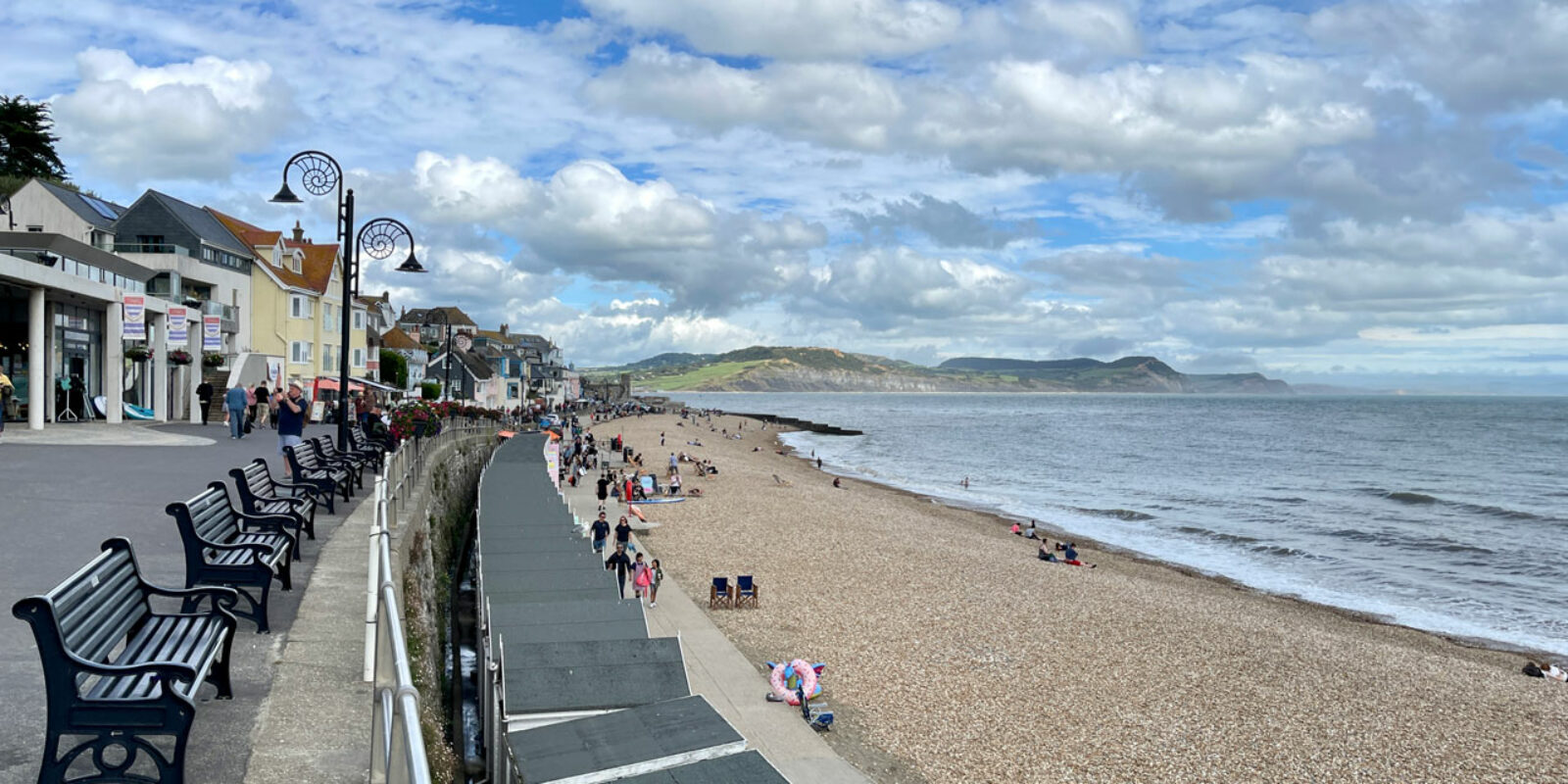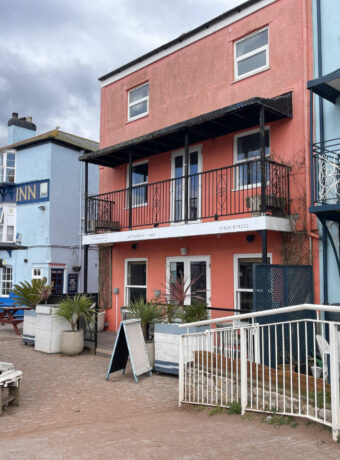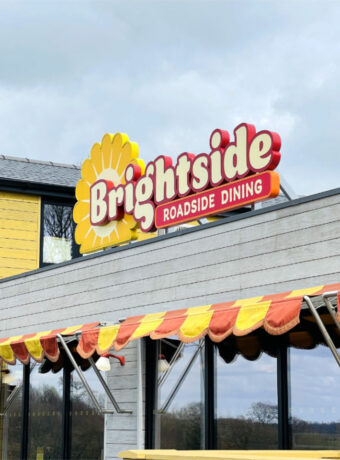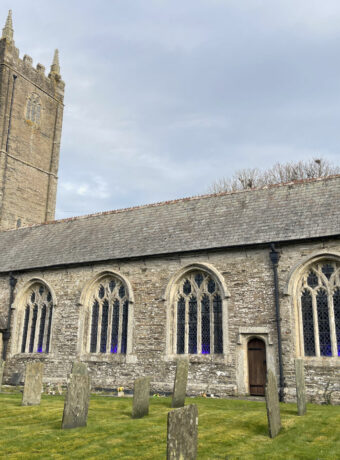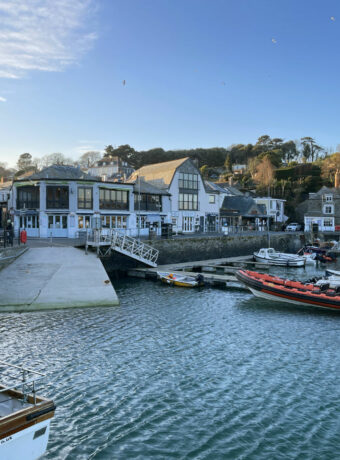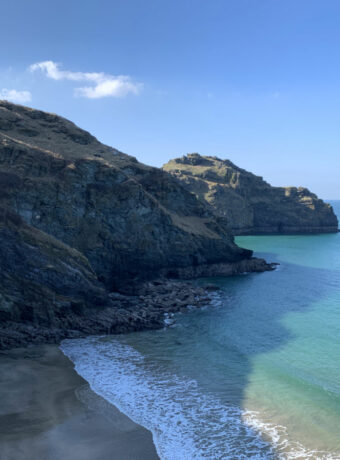All photos and images are copyright protected. Digital images and prints are available for purchase, please use the contact page or leave us a message below. All rights reserved
Lyme Regis Beach along the stunning Jurassic Coastline of southern England is a captivating stretch of coastline that boasts both natural beauty and historical significance. With its golden sands, gentle waves, and dramatic cliffs, the beach offers a picturesque setting for leisurely walks, sun-soaked afternoons, and fossil hunting adventures.
Renowned as a UNESCO World Heritage Site, this beach holds a treasure trove of prehistoric fossils, making it a paradise for amateur paleontologists and beachcombers alike. As the waves gently lap the shore and the horizon stretches out to meet the open sea, Lyme Regis Beach invites visitors to immerse themselves in the wonders of both the natural world and the captivating history that this coastal gem has to offer.
Lyme Regis Beach and Marine Parade with Lower and Upper Walkways
Starting from the Cobb Gate Car Park and walking towards the marina, you are greeted with a shingles beach and a marine parade. The parade is made up of a dual walkway featuring an upper and a lower path. The shingles beach then turns into a sandy beach after a man made concrete border as you come close to the marina. I would say that the sandy beach before the marina is about a third of this stretch of beach On the right of this dual walkway are some quirky seafront properties and beach hut (photos below). The beach then continues as Monmouth Beach (part single, part sand) before turning into an Ammonite Pavement, Lyme Regis’s Fossil Beach.






Lyme Regis Seafront
At Lyme Regis, there is the shingles beach and then there is the sandy beach beach nearer the marina. However, in the opposite direction from Cobb Gate Car Park is a built up seafront complete with rocks and sea walls. Coastal erosion and landslides prompted the building of coastal sea walls to protect the properties and shoreline from damage and erosion.
The Lyme Regis Coast Protection Scheme started in the 90s as a long term engineering programme with the last of four phases, the Phase IV: Church Cliff and East Cliff completed in 2014. Phase IV is actually right next to Phase I (Cobb Gate to Church Cliff). These phases are starkly different. For one, the existing buildings at Phase IV are closer to the water requiring more reinforced structures to protect them, see map below.

These reinforced sea walls can be found near the Lyme Regis Museum and Marine Theatre starting from the Cobb Gate Car Park and continues towards the cliffs. This is also the location of Mary Anning’s Rock Statue. There are plenty of viewing platforms, seating areas and walkways to enjoy the views of both the sea and cliffs.





